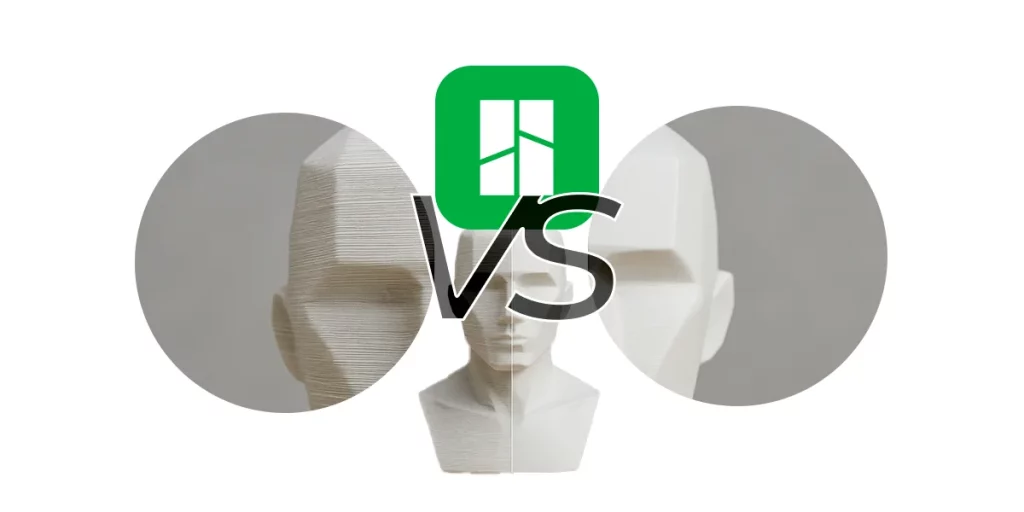
Smooth Surfaces in 3D Printing | Seams Ironing
Surface quality is the first impression of a 3D part. In Bambu Studio you can gain “professional face” with two
HOME | BLOG
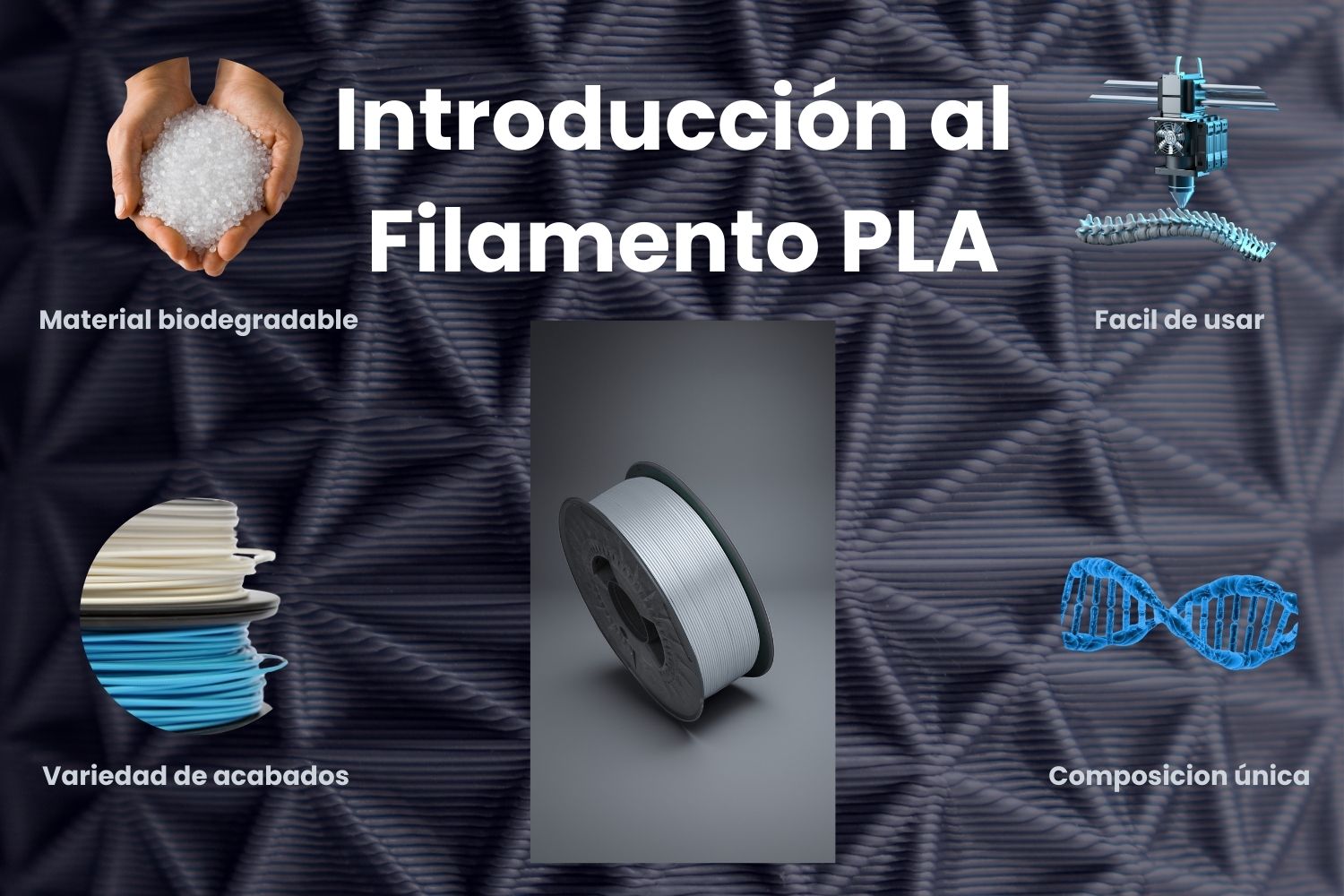
PLA, or polylactic acid, is the most popular filament in 3D printing. Its ease of use, broad printer compatibility and versatility make it the preferred choice for countless projects. But what makes PLA stand out from other materials? In this article, we will introduce its characteristics, applications, advantages and limitations, answering all the doubts about this essential material in the world of 3D printing.
PLA is ideal for those who are looking for an accessible and easy to work with material. However, like any filament, it has its particularities that you should know to get the most out of it.
| Advantages and Disadvantages of PLA Filament | |
|---|---|
| Advantages of PLA in 3D Printing | |
| Environmentally friendly | |
|
PLA is biodegradable, reducing its environmental impact compared to petroleum-based plastics such as ABS. |
|
| Easy to use | |
|
It prints at low temperatures without the need for a hot bed, minimizing deformations and facilitating handling. |
|
| No odor | |
|
It does not emit unpleasant or toxic vapors, ideal for closed spaces. |
|
| Aesthetic variety | |
|
Available in many colors and finishes, even with additives such as wood or fluorescent particles. |
|
| Good print quality | |
|
It offers fine details, smooth surfaces and good adhesion to the base. |
|
| Disadvantages of PLA in 3D Printing | |
| Lower strength | |
|
It is less durable than materials such as ABS or PETG, which limits it for demanding functional parts. |
|
| Low heat resistance | |
|
Deforms at temperatures above 60-65°C, unsuitable for applications exposed to heat. |
|
| Limited stiffness | |
|
May break under stress, not suitable for flexible or high wear parts. |
|
| Moisture sensitivity | |
|
Absorbs water from the environment, becoming fragile. Requires storage in dry conditions. |
|
| Limited processing | |
|
It is not easily sanded or smoothed, and has lower chemical resistance than other materials. |
|
PLA, derived from renewable sources such as corn or sugar cane, this biodegradable filament is a sustainable and versatile option for creators around the world.
With these characteristics, PLA has earned its place as the reference filament for 3D printing. However, to get the most out of this material, it is essential to understand its technical properties and how to handle them properly.
PLA is known for its ease of use, but behind its simplicity lie specific technical properties that define its performance in 3D printing. These characteristics are key to understanding how to optimize its use and avoid pitfalls.
| Feature | Description |
|---|---|
| Chemical composition and biodegradability | Made from polylactic acid(PLA), a polymer derived from renewable resources such as corn starch. It is sustainable and biodegradable under controlled conditions. |
| Controlled melting point | It has a low melting point, which facilitates extrusion at moderate temperatures. Ideal for printers without closed beds or advanced thermal control systems. |
| Crystallization properties | It is semi-crystalline but is usually amorphous in standard prints, giving a smooth and shiny finish. Annealing increases its crystallinity, improving thermal and mechanical resistance. |
| Modulus of elasticity | More rigid and less flexible than ABS due to its high modulus of elasticity. Ideal for parts that must maintain their shape under moderate loads. |
| Compatibility with standard nozzles | It does not wear out brass nozzles quickly, unlike filaments with added fibers such as carbon or wood, reducing maintenance. |
| Minimum thermal contraction | Low shrinkage on cooling, ideal for large or complex parts. Minimizes warping and ensures dimensional accuracy. |
| Limited thermal conductivity | Low heat transfer, which implies lower thermal resistance but can be useful in applications requiring thermal insulation. |
| Moisture absorption | It is hygroscopic, absorbing moisture from the environment, which can affect print quality. It requires dry storage or storage with desiccants. |
Successful PLA printing depends to a large extent on the correct setting of the hotend and hot bed temperature. These parameters not only affect the print quality, but also the durability and stability of the printed parts.
PLA is generally printed at temperatures between 180 °C and 230 °C. Within this range, each brand or type of PLA may have slight variations. For best results, it is advisable to start with the settings suggested by the filament manufacturer and make small adjustments according to the behavior of the material in your printer. Remember that 3D printers can show discrepancies in temperature reading, sometimes up to 10 °C, which makes it crucial to perform initial tests.
The ideal temperature for figutech professional filament is 205 °C.
Although PLA can adhere well to the bed without heat, heating it to between 40 °C and 60 °C can facilitate better adhesion in the first layers, especially on long prints or in drafty environments. Proper adjustment avoids problems such as warping or corner lifting.
If you want to solve warping in a definitive way or simply want to learn about this phenomenon, read our blog“How to Prevent Warping in PLA Filament“.
It is essential not to overheat the bed, as higher temperatures than necessary can cause the first layers to melt or lose definition. Keeping the heated bed in the minimum necessary range helps to ensure stable printing without compromising quality.
PLA adheres well to a variety of surfaces, including glass, PEI surfaces and painter’s tape. However, it can present problems on materials such as raw aluminum or bare PCBs. Using adhesives such as lacquer or 3D printing-specific glues can further improve adhesion on less friendly surfaces.

Each printer and configuration may have variations, so pre-testing with small calibration parts is an essential practice. We recommend printing a temperature tower to identify the optimum printing temperature to ensure the best quality, adhesion and finish on your parts.
This will allow you to adjust parameters such as hotend temperature, first layer height and print speed, ensuring a smooth printing experience.
With the right temperature and hot bed settings, PLA becomes an incredibly predictable and reliable material, ideal for both beginners and experts looking for consistent results.
PLA is a versatile material that adapts to a wide variety of 3D printing applications. Its ease of handling, coupled with its attractive aesthetics, makes it the ideal choice for decorative and functional projects.
Thanks to its ease of paintability and availability in a wide range of colors and finishes, PLA is ideal for creating decorative pieces such as figures, ornaments and cosplay props. Automotive sprays and modeling paints are excellent options to give it a professional finish. In addition, PLA can be easily manipulated by drilling, sanding or milling, allowing for additional customization.
PLA is a common choice for designers and engineers who need rapid prototyping. Its ease of printing and detail allow for the creation of accurate models that serve as a proof of concept or basis for subsequent iterations.
Although PLA has mechanical limitations, it is suitable for parts that will not be subjected to high loads or continuous stress. Examples include low-load gears, housings and temporary supports. It is important to oversize these parts to mitigate their tendency to develop cracks or deform over time.
PLA is easy to join using common adhesives such as cyanoacrylate (superglue), epoxy or even hot glue, although the latter should be applied sparingly to avoid warping. In addition, solvent welding with acetone can be used for strong and precise joints, ideal for assembling larger parts.
Because of its accessibility and relative safety, PLA is widely used in educational settings to teach digital design and fabrication concepts. It is also popular for recreational projects, such as custom toys or model kits.
PLA is not only functional, but also offers a wide range of aesthetic options, making it ideal for creative and customized projects. Its versatility in colors and finishes allows makers to explore endless possibilities.
PLA is available in a variety of solid, translucent, neon and glow-in-the-dark colors. For creative projects, you can also find glow-in-the-dark filaments, perfect for decorations or unique pieces.
Some PLA filaments include carbon, wood or metal fibers, giving them a unique look and texture. These specialized filaments are ideal for projects seeking a premium finish or distinctive visual effects. However, it is important to use wear-resistant nozzles, such as those made of hardened steel, as these fibers can accelerate the deterioration of standard nozzles.
PLA is not the best material to work with after printing. Even so, it can be sanded, drilled or cut for additional adjustments. It also accepts paint, either with automotive sprays, model paints or varnishes, further expanding its aesthetic possibilities.
The availability of vibrant colors, adjustable finishes and filaments with added fibers makes PLA one of the most attractive options for creative, decorative and functional projects that prioritize aesthetics.
Although not the best material for post processing, PLA can be sanded, drilled, cut or milled with standard tools. It can be painted with automotive sprays or model paints for professional finishes.
The thickness of the filament (typically 1.75 mm or 2.85 mm) can influence the accuracy and smoothness of the flow. Thinner filament allows for greater precision on small details, while thicker filament can provide faster prints but less detail. Make sure the thickness is compatible with your printer.
Common problems include warping, lack of bed adhesion and nozzle clogging. To avoid these, adjust the temperature of the heated bed, apply adhesives such as lacquer or 3D printing glue, and regularly check the cleanliness of the nozzle and extruder.
PLA is sensitive to moisture, which can degrade its properties and make it difficult to print. Store it in a dry place, preferably in sealed bags with desiccants to protect it from ambient humidity.
Yes, you can reinforce the parts by applying epoxy resins to improve their mechanical strength or by using solvent welding techniques to join components. There is also the famous “annealing” method called PLA annealing. Another option is to design more robust internal structures, such as dense fill patterns, to increase their durability.

Smooth Surfaces in 3D Printing | Seams Ironing
Surface quality is the first impression of a 3D part. In Bambu Studio you can gain “professional face” with two

Volumetric Speed Test | Increase 3D Printing Speed
Want to print faster without losing quality? The key is to know the volumetric speed limit of your 3D printer
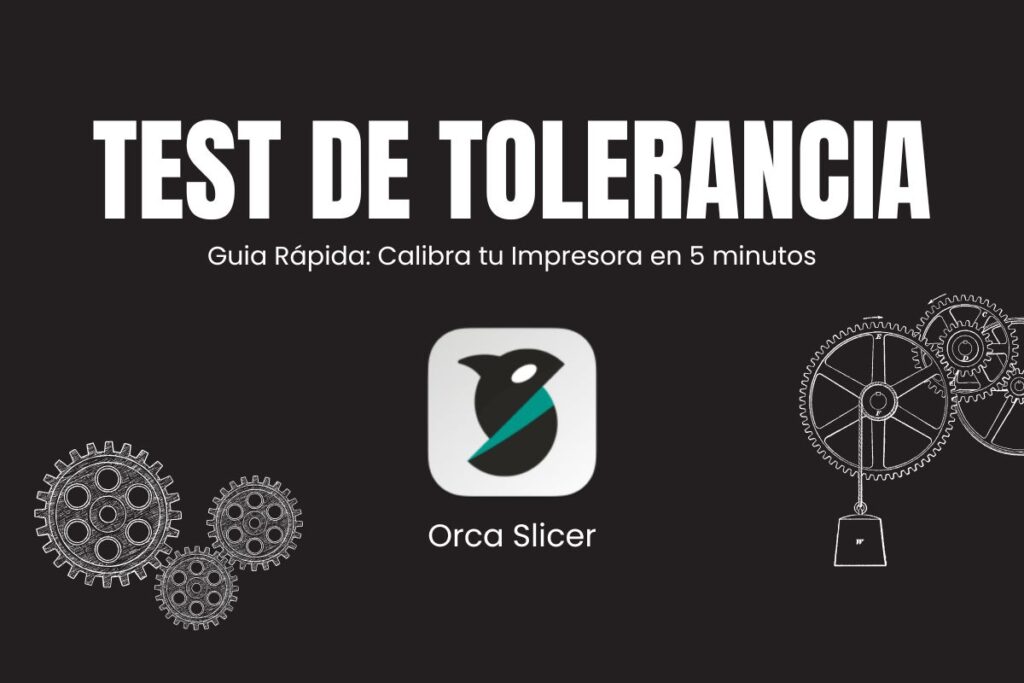
OrcaSlicer Tolerance Test: Complete 3D Printing Guide
OrcaSlicer’s tolerance test solves a common problem in 3D printing: parts that do not fit correctly when assembled. This simple
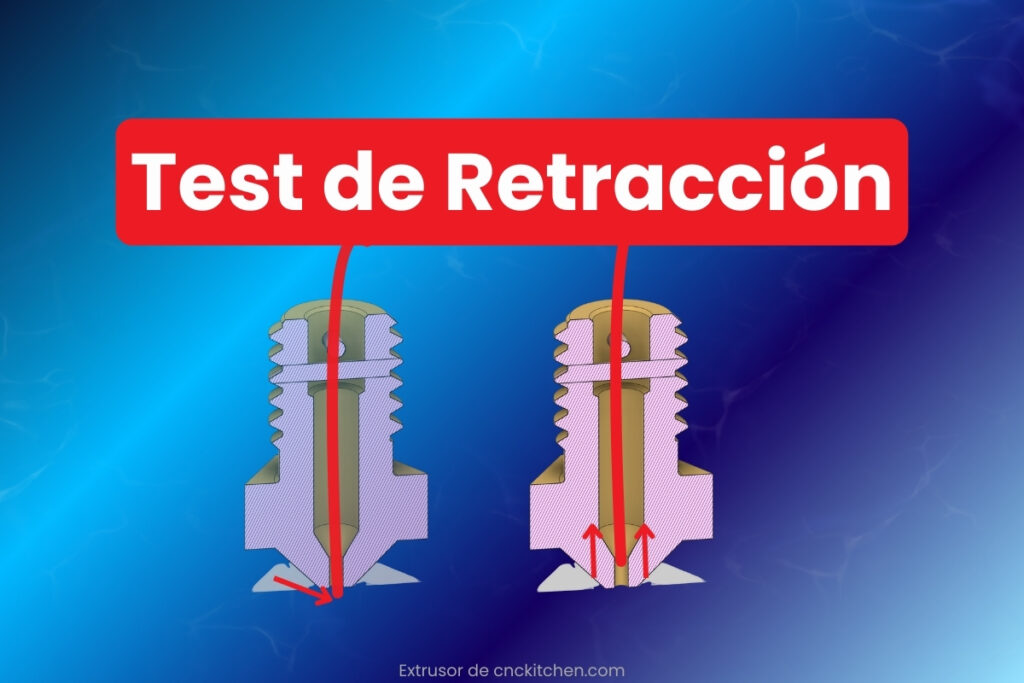
3D Printing Shrinkage Test: Quick Guide 2025
Reducing stringing in 3D printing is not a matter of luck, but of good setup. Learn how to do a
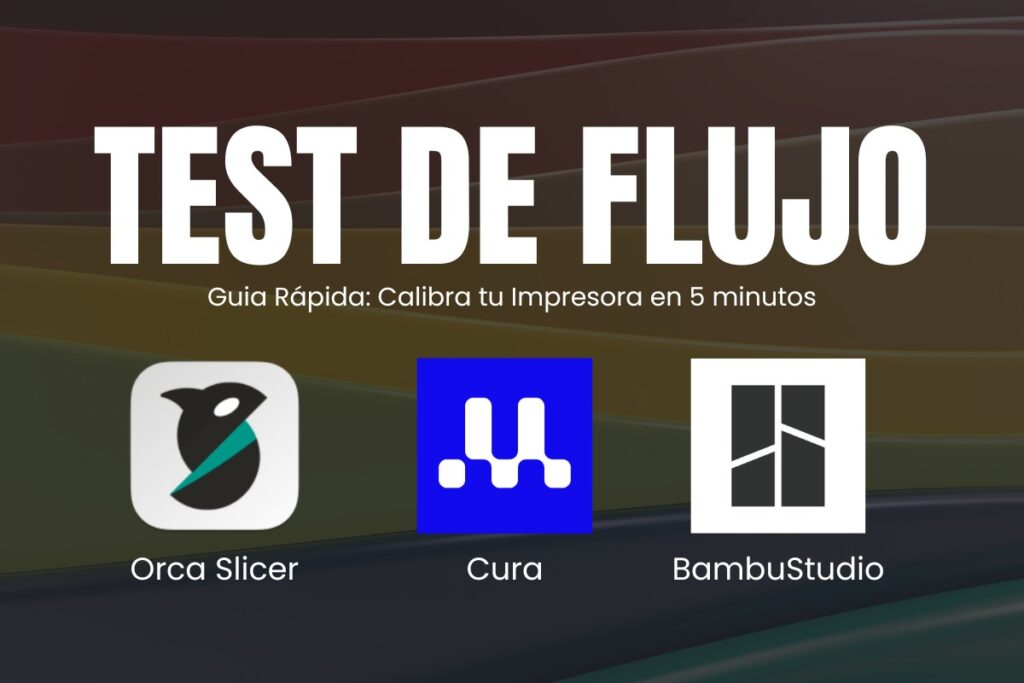
Flow Test in 3D Printing: Quick Solution
Filament flow calibration is one of the most important settings in 3D printing. This calibration is done by one or
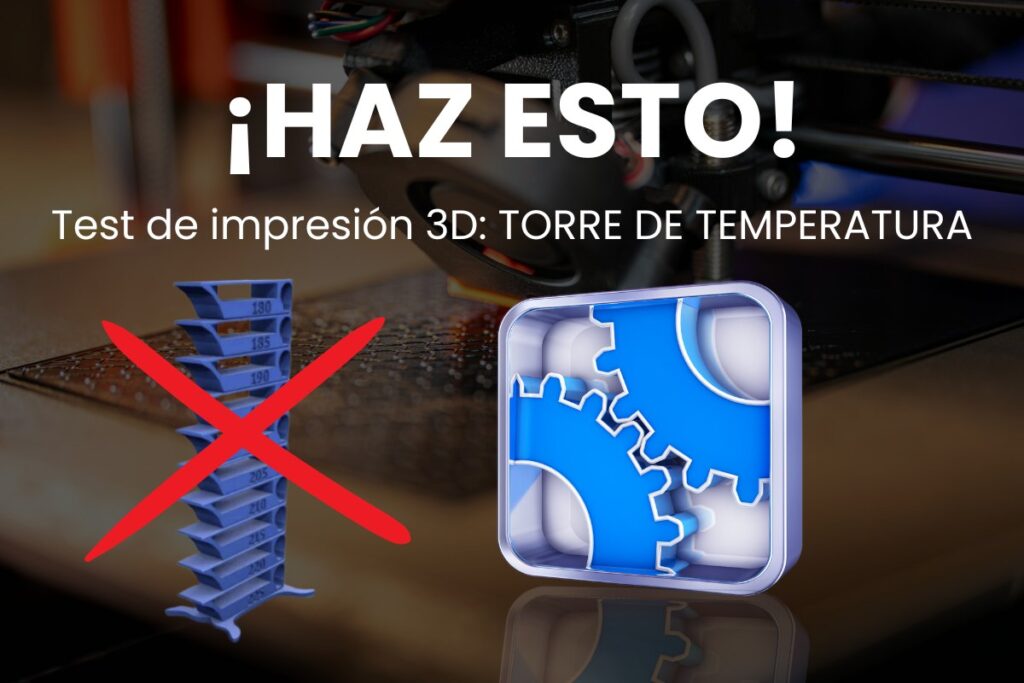
PLA Temperature Tower for 3D Printing: Guide 2025
Why not just follow the manufacturer’s guide, if only! Filament specifications are a good starting point, if you 3D print